In the quest for a reliable and sustainable energy grid, grid-side energy storage has become a cornerstone, enabling the integration of intermittent renewable sources like solar and wind. Eight prominent battery technologies play a vital role in this domain, each with its unique set of advantages and drawbacks. This article delves into a comparative analysis of these technologies, accompanied by examples, and highlights the prevalent choice among the leading photovoltaic storage nations.
Table: Comparison of Grid-Side Energy Storage Battery Technologies
| Technology | Advantages | Disadvantages | Example Application |
|---|---|---|---|
| Lead-Acid | Cost-effective, Mature Technology | Low Energy Density, Short Lifespan | Small-scale backup systems |
| Nickel-Metal Hydride (NiMH) | High Energy Density, Long Cycle Life | Costlier than Lead-Acid, Temperature Sensitivity | Niche applications requiring high density |
| Lithium-Ion | High Energy Density, Long Lifespan, Fast Charging | Initially Expensive, Safety Concerns | Large-scale photovoltaic storage (e.g., China) |
| Sodium-Sulfur (NaS) | High Energy Density, Long Cycle Life | High Operating Temperature, Safety Risks | Limited adoption due to safety concerns |
| Flow Batteries | Long Lifespan, Scalable | Low Energy Density, Higher Upfront Investment | Large-scale renewable integration (e.g., Australia) |
| Nickel-Cadmium (NiCd) | Robust, Can Withstand Harsh Conditions | Memory Effect, Environmental Concerns | Largely phased out due to better alternatives |
| Supercapacitors | Ultra-Fast Charging, Long Lifespan | Low Energy Density, Higher Cost per Capacity | Burst power during peak demand periods |
| Gravity-Based | Large-Scale Potential, Long Lifespan | High Initial Investment, Site-Specific | Pumped Hydro Storage (e.g., Norway) |
| Solid-State Batteries | High Energy Density, Enhanced Safety | Still in Development, Costly | Emerging technology with high potential |
Prevalent Choice in Leading Photovoltaic Storage Nations
Among the leading nations in photovoltaic storage, China stands out as a pioneer, heavily relying on Lithium-Ion Batteries for its large-scale energy storage projects. Lithium-ion batteries have become the go-to choice due to their high energy density, long lifespan, and fast charging capabilities, making them ideal for grid-scale applications. These batteries enable China to efficiently integrate its vast solar power generation into the grid, ensuring a reliable and stable supply of renewable energy.
Conclusion
The grid-side energy storage landscape is diverse, with each battery technology offering unique benefits and challenges. As the renewable energy sector continues to expand, the choice of battery technology becomes increasingly crucial in ensuring a reliable and sustainable energy grid. Among the leading photovoltaic storage nations, China's preference for lithium-ion batteries highlights the technology's strengths and potential for large-scale adoption. As research and development progress, new technologies like solid-state batteries may emerge as viable alternatives, further diversifying the grid-side energy storage options.



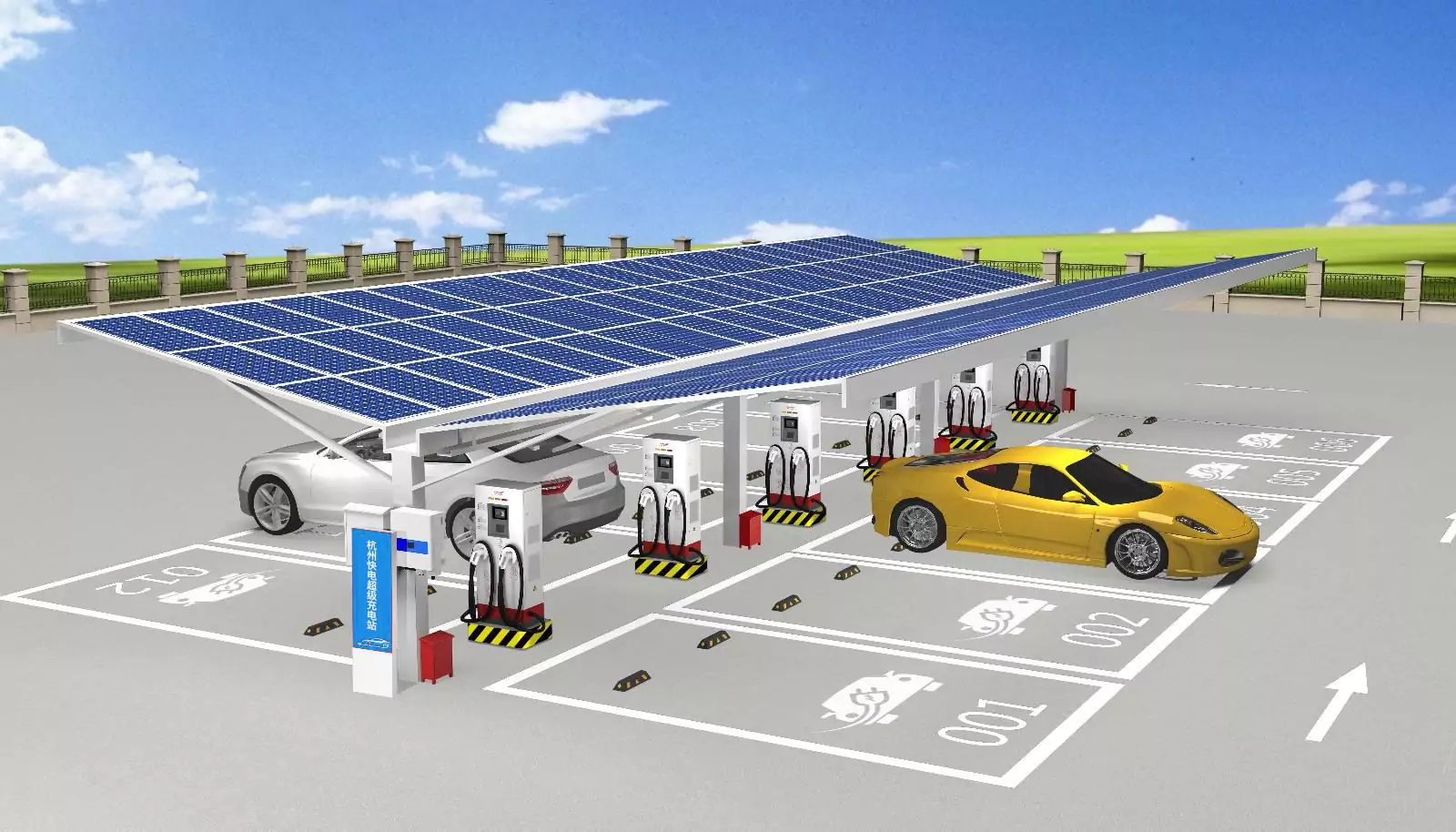
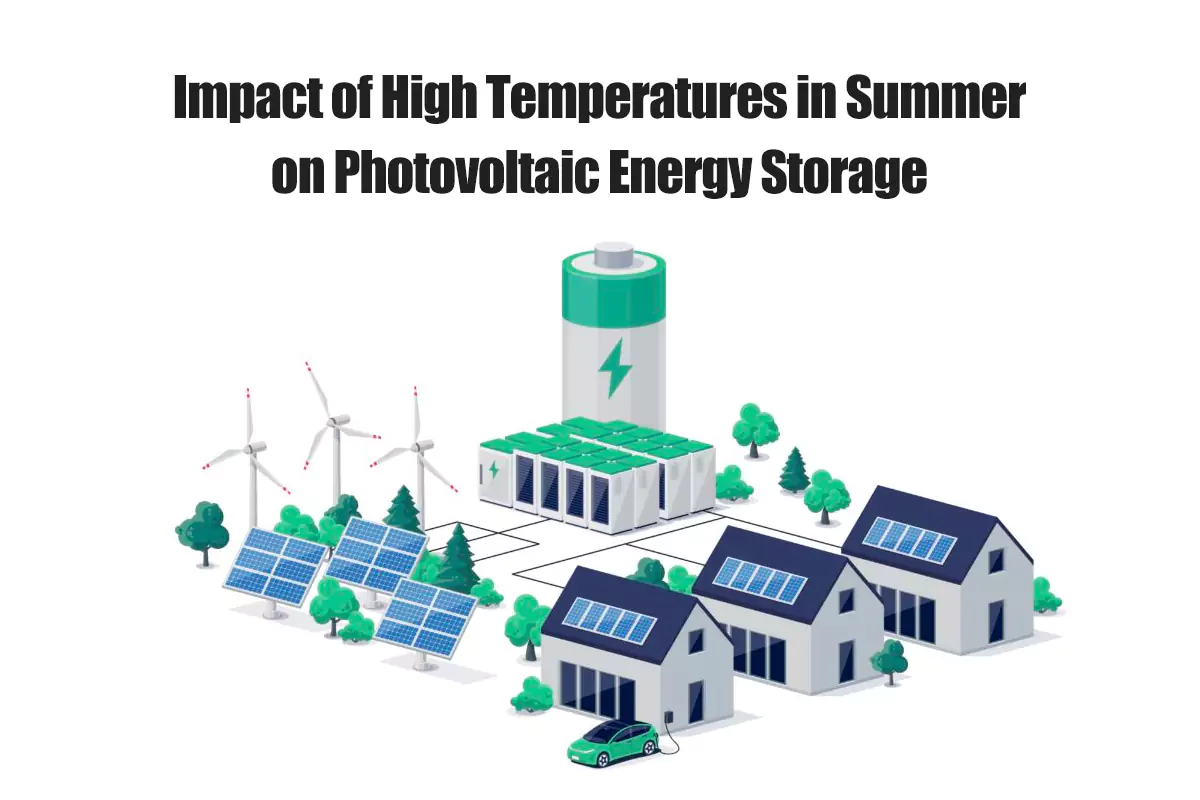

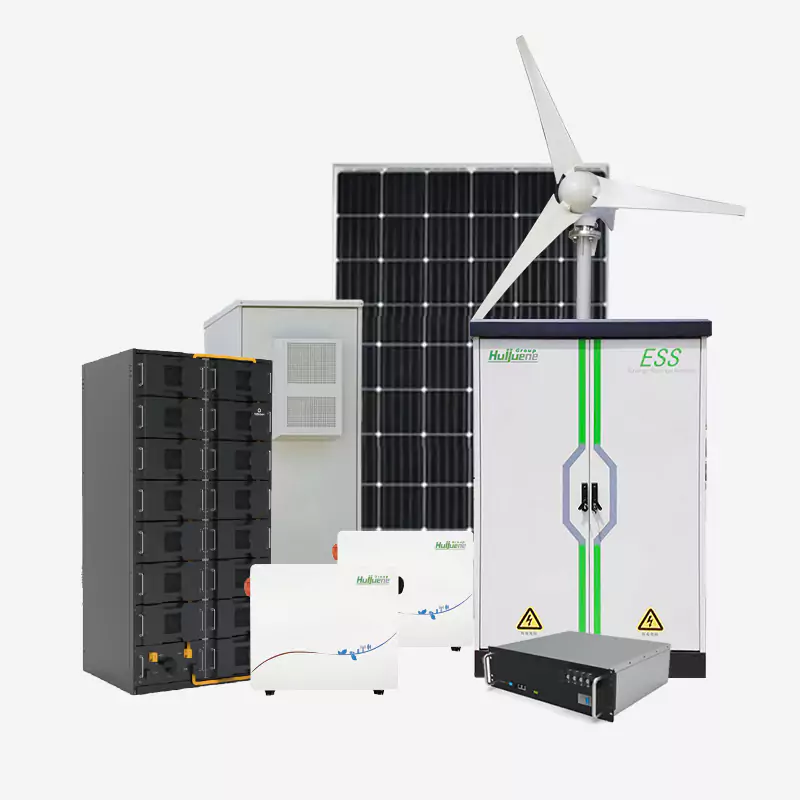
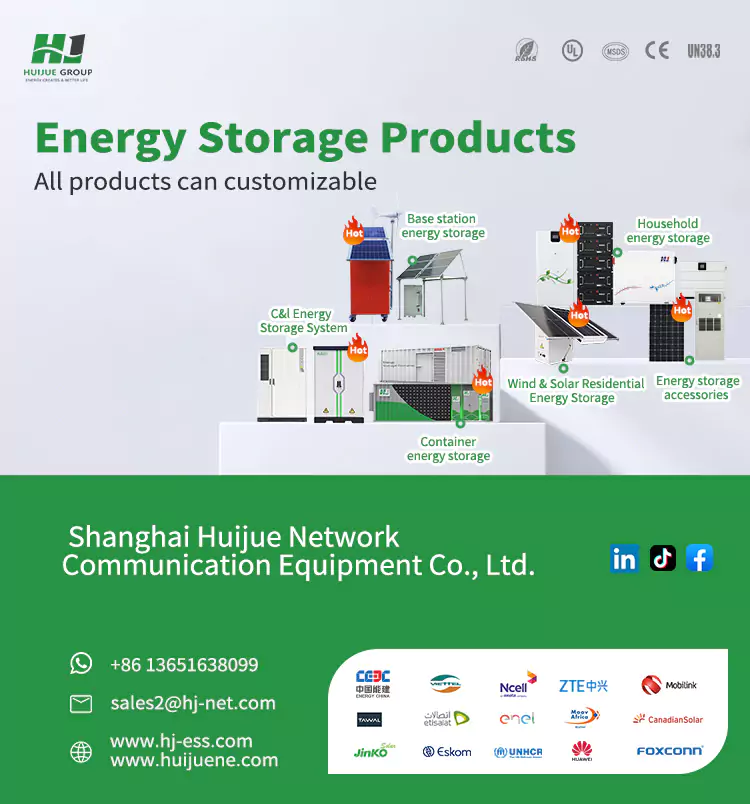
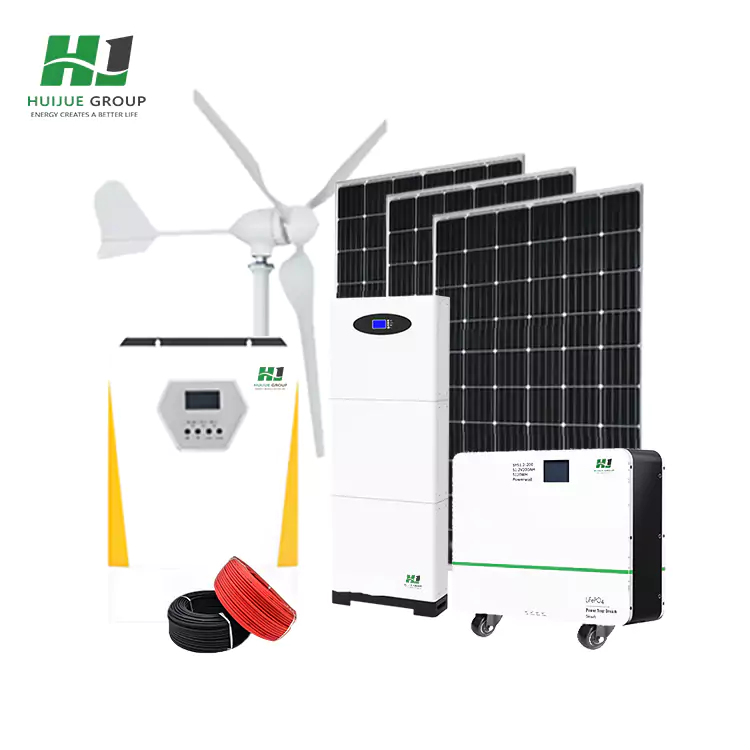
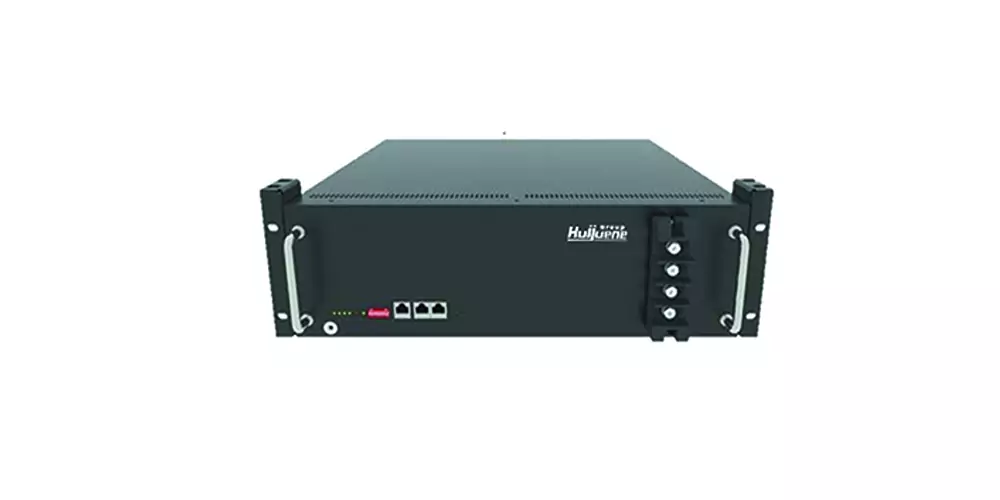


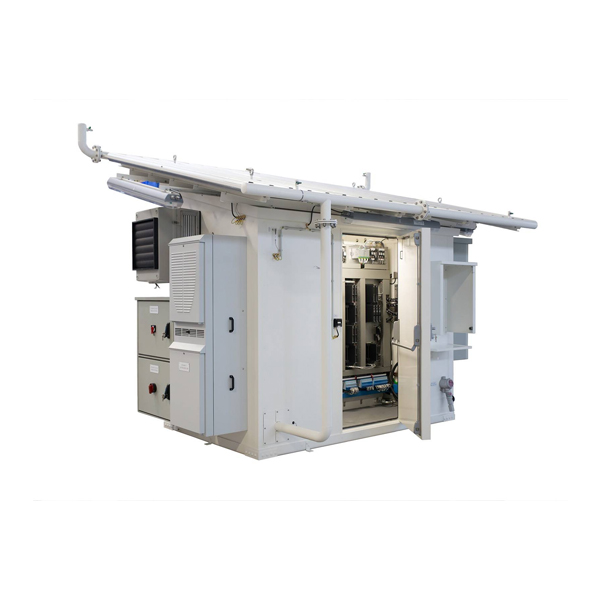
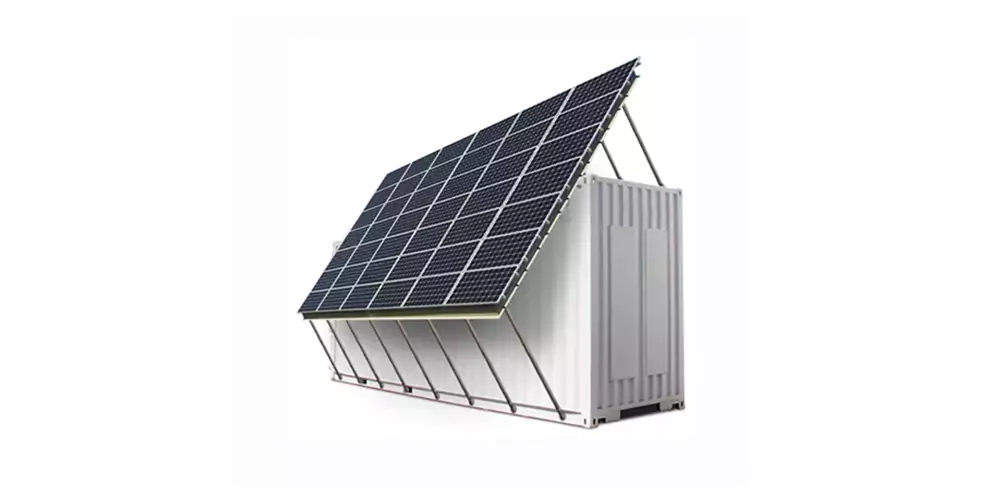

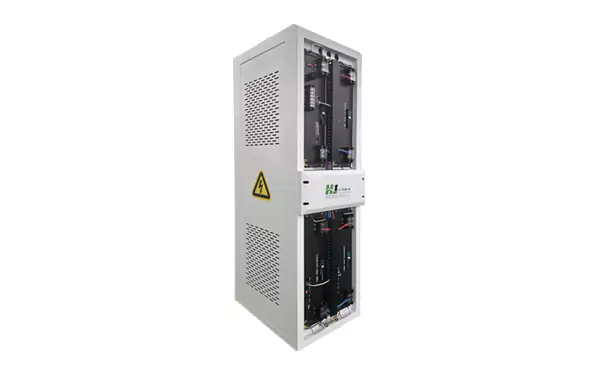
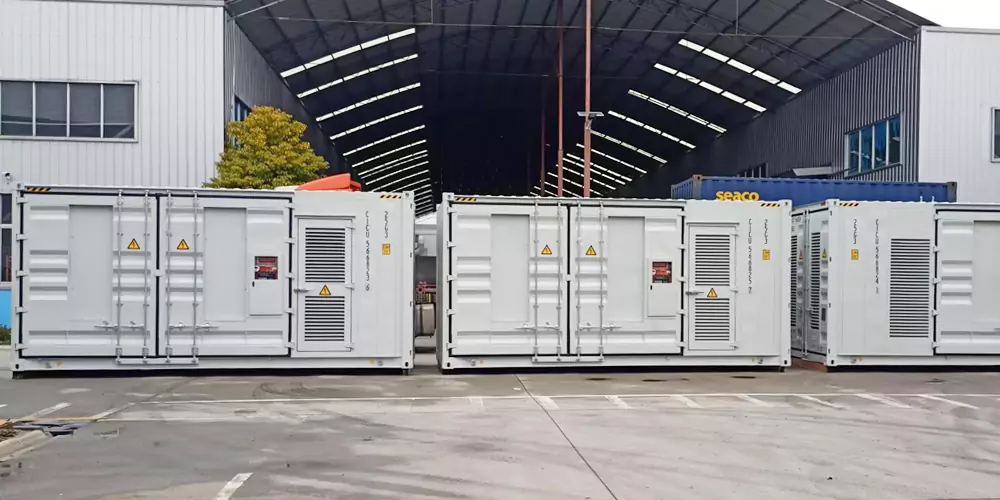

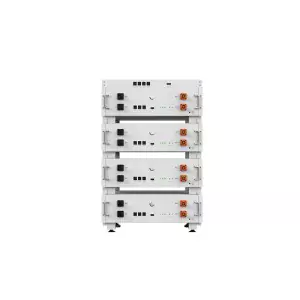


 Inquiry
Inquiry Online Chat
Online Chat